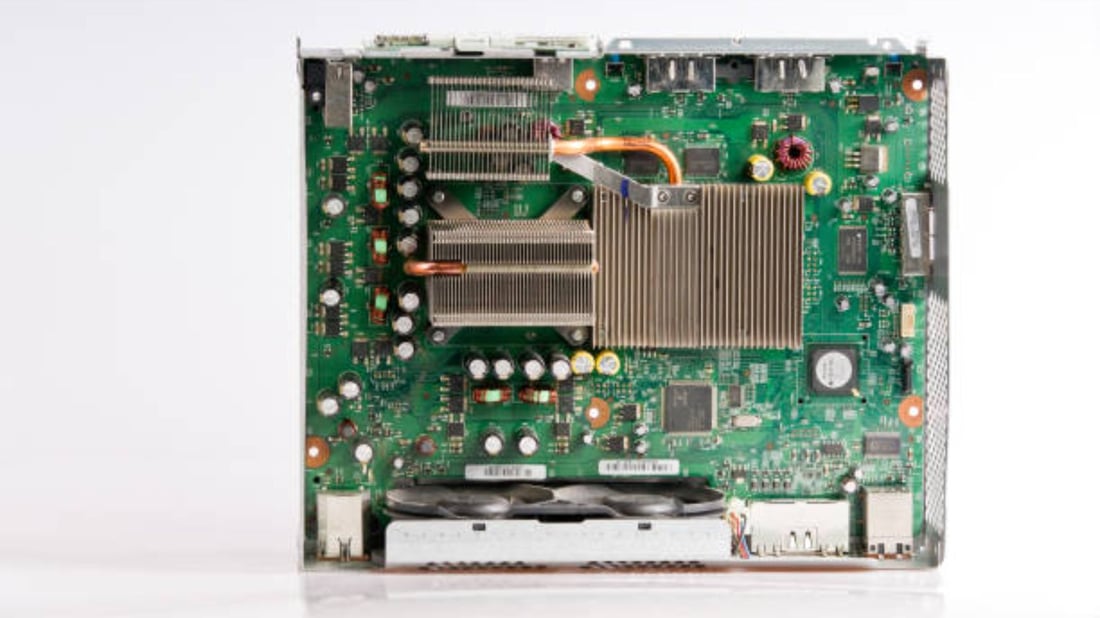Introduction
When it comes to managing heat in electronic devices, having an efficient heat sink is crucial. Heat sinks are designed to dissipate heat and keep electronic components cool, thus improving their performance and longevity.
Types of Heat Sinks
There are various types of heat sinks available, including passive and active heat sinks. Passive heat sinks rely on natural convection to dissipate heat, while active heat sinks use fans or other cooling mechanisms to enhance heat dissipation.
Materials Used
Heat sinks can be made from different materials such as aluminum, copper, and composite materials. The choice of material depends on factors like thermal conductivity, cost, and weight. Copper is one of the most efficient materials due to its high thermal conductivity.
Design Factors
The design of a heat sink plays a crucial role in its efficiency. Factors like fin density, size, shape, and surface area all impact the heat dissipation capability of a heat sink. The design should be optimized for maximum heat transfer.
Heat Sink Placement
The placement of a heat sink within a device can greatly affect its efficiency. Heat sinks should be positioned in close proximity to the heat-generating components to ensure effective heat dissipation.
Thermal Interface Materials
The use of thermal interface materials, such as thermal paste or pads, is essential for ensuring proper contact between the heat sink and the component. These materials help to fill air gaps and improve thermal conductivity.
Heat Sink Sizing
The size of a heat sink is a critical factor in determining its efficiency. Larger heat sinks typically have more surface area for heat dissipation, while smaller heat sinks may struggle to dissipate heat effectively.
Advanced Cooling Technologies
In addition to traditional heat sinks, advanced cooling technologies like vapor chambers, heat pipes, and liquid cooling systems are becoming more popular for their enhanced heat dissipation capabilities.
Effectiveness of Heat Pipes
Heat pipes are commonly used in heat sinks for their ability to efficiently transfer heat away from a heat source. By using phase change principles, heat pipes can rapidly move heat to the fins of a heat sink for dissipation.
Conclusion
In conclusion, choosing the most efficient heat sink involves considering factors like materials, design, placement, and size. By selecting the right heat sink for your electronic device, you can effectively manage heat and improve overall performance.
Quote Inquiry
Contact us!

